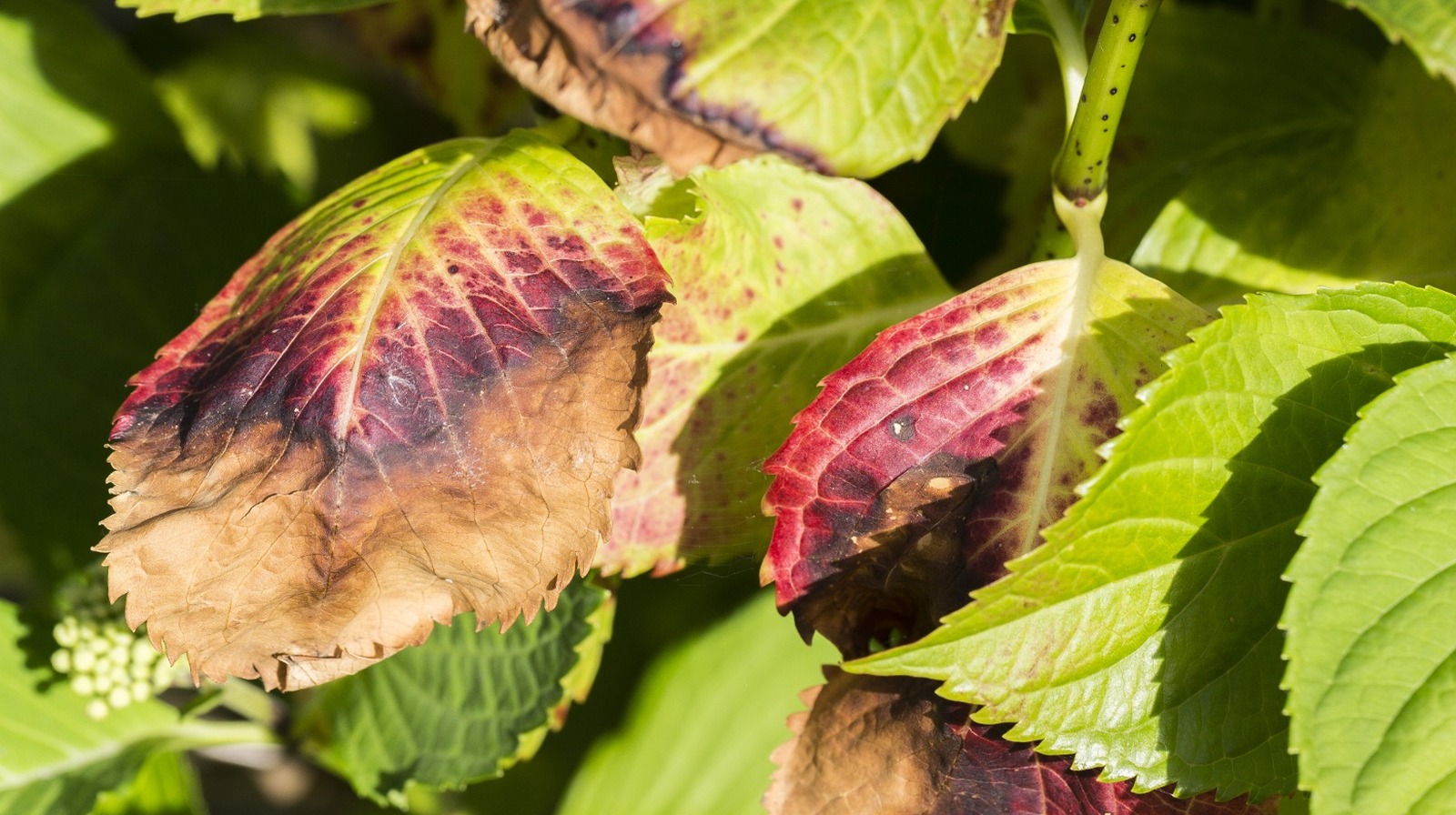Hydrangea Leaves Turning Yellow Fundamentals Explained
Table of ContentsLittle Known Facts About Hydrangea Leaves Turning Yellow.Getting The Hydrangea Leaves Turning Yellow To WorkAbout Hydrangea Leaves Turning YellowHydrangea Leaves Turning Yellow Things To Know Before You Get This
One opportunity is that the plant is not getting sufficient sunshine. During the winter season months, the days are shorter, and the sunlight is not as intense, so see to it to position your Hydrangea in a place where it will get at the very least 6 hours of sunlight each day. One more reason for Hydrangea yellow leaves in winter season might be way too much water.The leaves may be turning yellow due to temperature anxiety (Hydrangea Leaves Turning Yellow). Hydrangeas like cooler temperature levels, so if the plant remains in a place that obtains also warm or too cold, the fallen leaves will certainly turn yellow. If you think temperature anxiety may be the problem, attempt relocating your Hydrangea to a various place or protecting it from the components with a cloth cover
New development will certainly be observed in very early spring, when you'll see environment-friendly vegetation sprouting from stems that may have shown up dead. If your fallen leaves are turning brownish in springtime or summer season, there are most likely other aspects at play. The precise reasons depend upon the variety and their growing conditions, yet generally, brownish hydrangea leaves suggest dehydration and wilting in the heat.
In the spring when the mercury stays relatively low, they'll do great. When points warm up over the summer however, time invested in the early mid-day rays can create untold damage.: Expand your hydrangeas in a spot where they'll obtain sunlight in the mornings or evenings, yet not during the peak hours.
The Of Hydrangea Leaves Turning Yellow
Wilting is caused by absence of dampness, suggesting there are a couple of excellent techniques to utilize to avoid this from happening. Offer your hydrangeas a healthy glug of water every few days when the temperatures are climbing high, and deal with the dirt to much better retain dampness. Hydrangea Leaves Turning Yellow. After sprinkling, a bit of mulch around the base of each plant need to aid with this by keeping wetness in the dirt
This disrupts fungis spores from clearing up. "The Botrytis fungi prospers in amazing and damp problems, so avoid showering the entire plant when watering and just water at the roots," shares Roy Nicol, a Master Horticulturist. If you have actually missed the opportunity for prevention and are managing an infection you need to remove all dead or severely infected fallen leaves from the plant and destroy them to avoid additional spread.
As a general guideline, we suggest removing fallen leaves when they are 50% brown or higher. While browning triggered by any type of reason can't be turned around, taking the corrective action explained above will urge the plant to grow brand-new fallen leaves so the damaged leaves either drop off naturally or can be eliminated by the gardener.
Hydrangeas should be watered just when the leading couple of inches of dirt are completely dry, and need to be offered a complete soaking each time. Underwatered hydrangeas are most likely to have yellow, wilting, and sagging fallen leaves.
Some Known Details About Hydrangea Leaves Turning Yellow
The means you take care of hydrangea leaves turning yellow relies on the essential concern creating useful link the yellow leaves. This my latest blog post can be hard to figure out, however when you do you will have the ability to readjust your plant treatment accordingly to care for the problem. As discussed previously, a common concern with hydrangeas is nutrition shortages.

Additionally, you can buy and set up simple watering globes. Watering worlds hold water in them and slowly release this water right into the soil as the ground comes to be dry. Merely load the globe with water, stick the spout into the soil within the root area near the base of the plant, and leave it in position until all the water is gone.

Hydrangea Leaves Turning Yellow Can Be Fun For Everyone
To stay clear of spreading out fungal diseases, make certain to thouroughly clean and decontaminate any type of trimming devices before and after usage (Hydrangea Leaves Turning Yellow). You can attempt to flush the roots with water to eliminate excess fertlizer.
Your hydrangea plant favors well-drained, moist dirt. If the pot has inadequate drain, or your dirt is swamped, the fallen leaves will begin to turn yellow. Overwatering makes the soil soaked. Swamped and soggy soil can lead to stunted development, leaf discoloration, and, worst of all, rot fungal diseases. Despite the fact that over-watering can be dangerous, under-watering is not a choice either.
If you do not sprinkle your hydrangea plant for more than a week, Click Here the leaves will certainly start turning yellow. Fungal conditions that assault the plants often tend to reveal signs on the origins and the fallen leaves of the plant.
Fallen leave spot is an additional fungal illness that can target hydrangea. It results in the leaves transforming yellow and the look of brown and purple areas on the leaves.